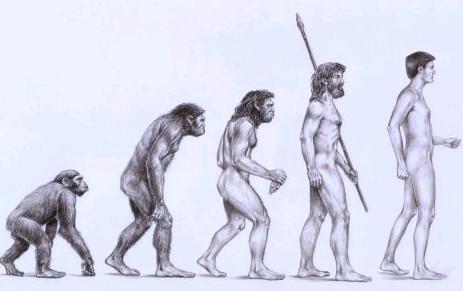Although the Internet is not as old as the press, time is starting to mark this new era and technological progress. It has now been going for 25 years and has evolved incredibly in such a short time span. The following trends show you exactly how fast the Internet has evolved in the past 25 years.
From the beginnings of 1993 and the following six years, the Internet was a pretty dull interface for web designers. There were basically just a plain texts and scattered underlined links, and Mosaic was the first browser used on the web that displayed the images within the text. This browser was able to support web forms and gifs, something of a miracle for those early times.

The designs were pretty boring as there was a limit on the bandwidth, and most websites were designed by computer programmers, hence lacked in artistic design and originality. These websites were monotonous and very basic; however, there were only a few hundred at the time on the web.
The war between browsers started in 1995 and lasted for the next three years. This is when the trends for animated gifs and blinking text started. The leading browser in the mid 90s was Netscape but was soon overridden by IE. This is when the page layouts on the Internet started to become more intricate, as frames and tables took the scene. User buttons started to emerge and the use of animated gifs were used to make these more attractive, with the first functionalities of JavaScript.

The last two years of the 20th century marked the beginnings of more serious website designing. This is when enhanced tools for better web development started to be seen in the industry with GoLive and Dreamweaver. People could finally have better access to the creation of web pages. Web designers were starting to be in demand as more and more businesses wanted to create websites to increase sales.
This is when web designers were confronted with the reality of keeping up with the fast-evolving trends and computer technology, if they wanted to be competitive. Flash technology was starting; however, the websites still looked pretty boring and were mostly based on sliced images and HTML tables.
With the turn of the century until 2004, was when the Internet experienced a rise in standards. Designs without the use of tables started to gain terrain and CSS technology was also evolving. The next three years after that were the years of Web 2.0. This is when the websites started to move towards the community and become more user-friendly. Now websites were using bolder typography and attractive colors as well as faster loading times. The websites developed numerous functionalities that users could easily access. This is when widgets started to be used everywhere on blogs and websites in order to link with social networks, and the use of feeds started to become popular.

Since 2008 to the present year the Internet trends are moving towards the use of mobile devices, with the popular iPhones and iPads. Web designers now have to create websites that adapt to smaller screens, with applications that go with these, therefore, the future is focusing more on simplified websites for mobile devices.
No related posts.
Related posts brought to you by Yet Another Related Posts Plugin.










Leave Your Response